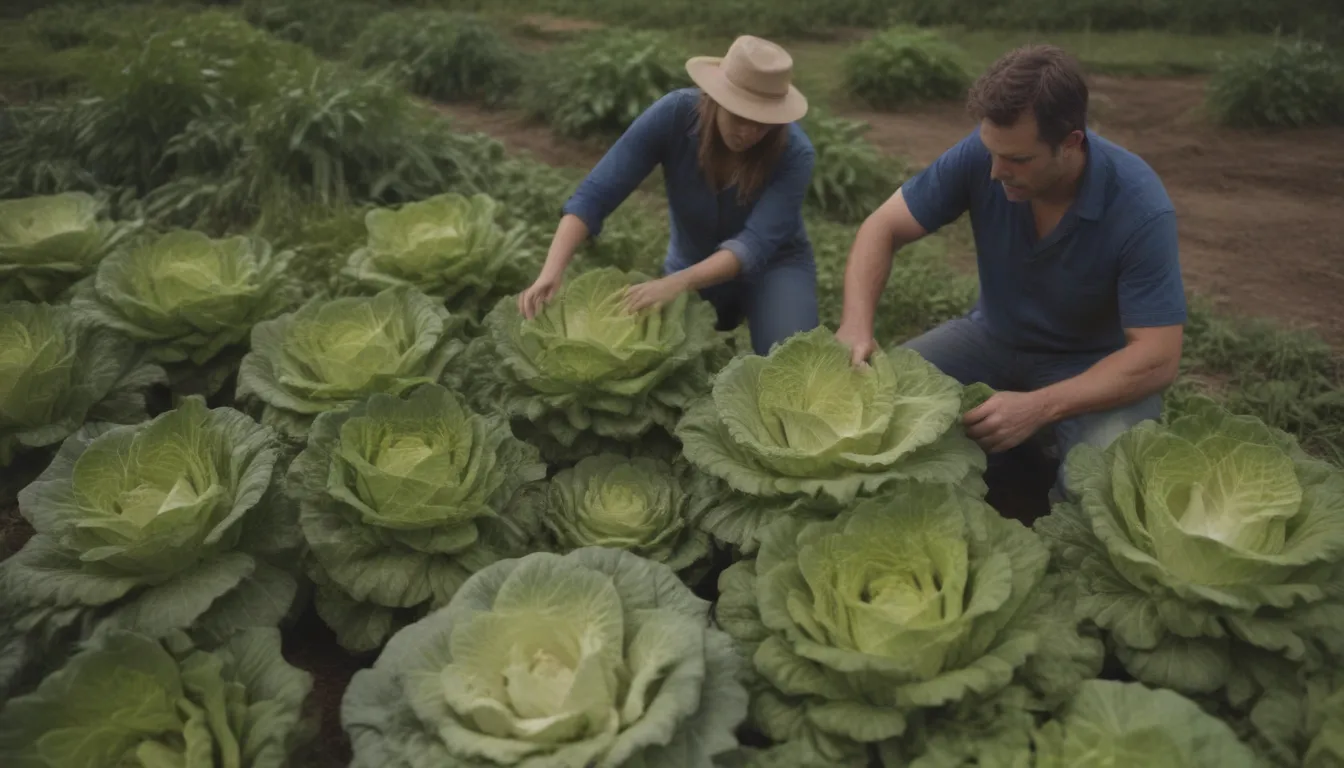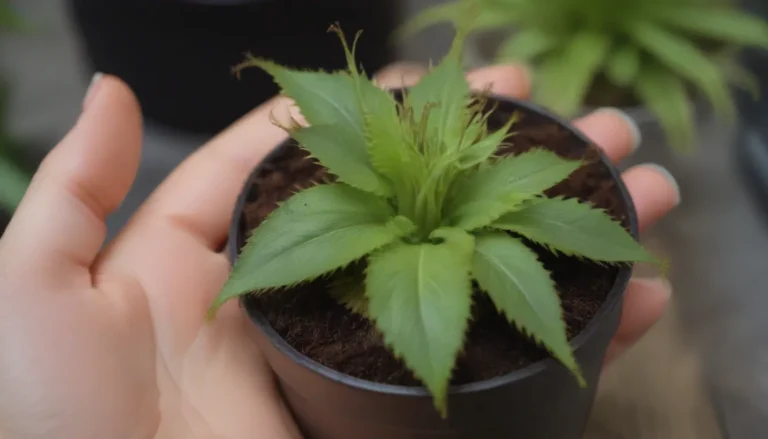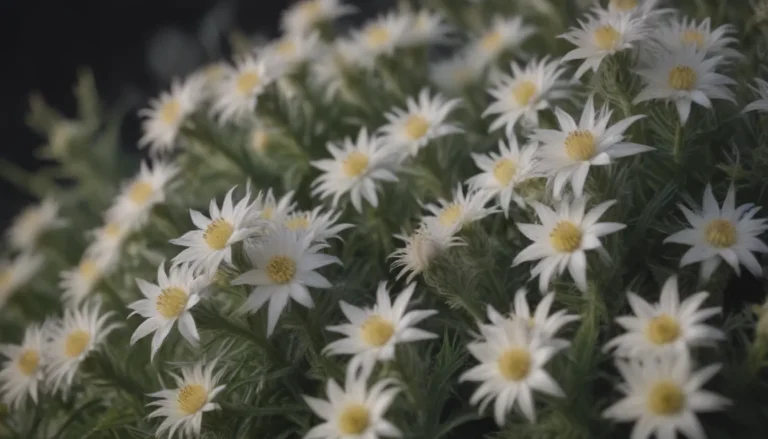The Ultimate Guide to Harvesting Romaine Lettuce and Ensuring Plant Health

Romaine lettuce is a fantastic addition to any garden, but knowing how to harvest it properly can make all the difference in the health and longevity of your plants. In this comprehensive guide, we will explore the best practices for harvesting romaine lettuce and keeping your plants thriving. From picking baby greens to harvesting entire heads of lettuce, we will cover it all. So, grab your gardening gloves and let’s get started!
Understanding Romaine Lettuce Growth
Before we dive into the nitty-gritty of harvesting romaine lettuce, it’s essential to understand a few things about how this cold-hardy crop grows. Romaine lettuce thrives in cool weather but can quickly bolt during summer heat. Planting your seeds early can help prevent early bolting, but frequent harvesting and succession planting are also effective strategies to extend your harvest period.
When it comes to harvesting romaine lettuce, there are a few key considerations to keep in mind for optimal plant health and longevity. Let’s explore the best practices for harvesting romaine lettuce in various ways, from baby greens to full heads of lettuce.
How to Harvest Romaine Lettuce Like a Pro
Romaine lettuce is a versatile plant that can be harvested in different ways depending on your preference. Whether you’re looking to enjoy baby greens or full heads of lettuce, these tips will help you make the most out of your romaine plants:
1. Know when to harvest: Keep an eye on your romaine plants and look for cues indicating they are ready to be harvested. For baby greens, wait until the leaves reach a usable size. Larger leaves and full heads of lettuce should be harvested when they are a dark green color and at least 6 inches high.
2. Pick baby greens first: If you’re looking to enjoy tender, young leaves, start by picking the baby greens. Simply snip the leaves at the base, leaving enough for the plant to continue growing.
3. Gather larger leaves if needed: For salads or other dishes that require larger romaine leaves, go ahead and harvest the bigger leaves. Be sure to leave some leaves on the plant to promote regrowth.
4. Harvest the entire head: When your romaine plant has reached maturity, you can opt to harvest the entire head of lettuce. Cut the head off about 2 inches above the soil line for optimal regrowth.
5. Take the final harvest: Once your romaine plant has produced its final crop, it’s time for the ultimate harvest. Cut the entire plant at the base and enjoy the fruits of your labor.
6. Adjust to rising temperatures: As the weather warms up, be mindful of the impact it can have on your romaine plants. Harvesting before the onset of hot weather can help prevent bolting and ensure your greens remain crisp and flavorful.
7 Best Tips for Harvesting Romaine Lettuce
Here are some additional tips to help you make the most out of your romaine lettuce harvest:
- Harvest little by little to extend your harvest period.
- Cut romaine heads off 2 inches above the soil line for optimal regrowth.
- Baby romaine leaves are ready to pick when they reach a usable size.
- Larger leaves and heads of lettuce should be harvested when they are dark green and at least 6 inches high.
- Sign up for a gardening newsletter for more tips and tricks.
- Experiment with different harvesting techniques to find what works best for you and your plants.
- Enjoy the fresh, crisp taste of homegrown romaine lettuce in your favorite dishes.
In conclusion, knowing how to harvest romaine lettuce properly can make a significant difference in the health and longevity of your plants. By following the tips and techniques outlined in this guide, you can enjoy a bountiful harvest of fresh, flavorful romaine lettuce all season long. So, get out in the garden and start harvesting your romaine lettuce like a pro!





